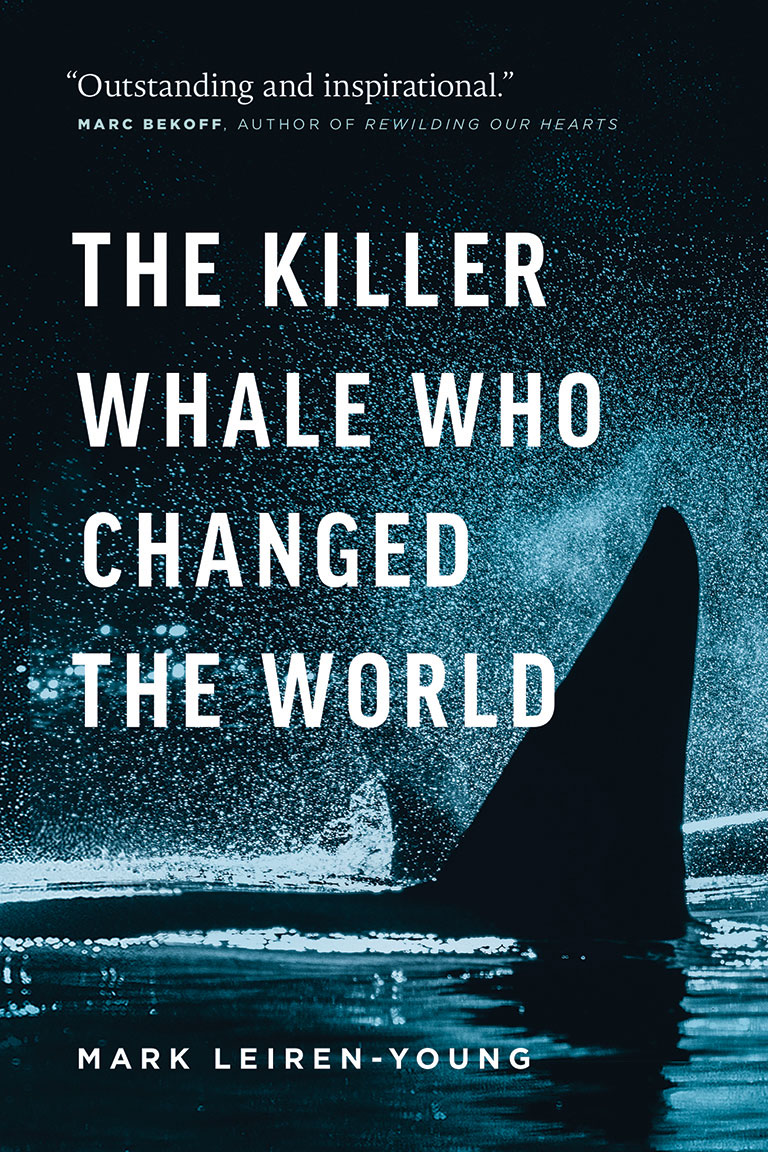The Killer Whale Who Changed the World

The Killer Whale Who Changed the World
by Mark Leiran-Young
Greystone Books
199 pages, $29.95
Moby Doll’s story has been a passion for journalist and filmmaker Mark Leiren-Young for more than twenty years. The killer whale was captured by a July 1964 expedition led by Vancouver Public Aquarium director Murray Newman.
The day after the orca’s capture an estimated twenty thousand people visited the temporary holding tank in Vancouver. Experts had believed that displaying a live killer whale was impossible and had intended to capture the whale for post-mortem study. Yet Moby Doll survived in captivity for eighty-seven days, during which time, Leiren-Young writes, “the dangerous monster had become Vancouver’s beloved killer whale.”
Interest in orcas is high following the 2013 documentary Blackfish and SeaWorld’s 2016 announcement to end its orca breeding program. This book tells how the practice of capturing orcas began. Using newspaper reports and interviews with people who spent time with Moby Doll, Leiren-Young attempts to separate urban legend from truth.
He also illustrates the impact Moby Doll’s experience has had on both wild and captive orcas. Because Moby Doll survived for a time, the public was able to marvel at the “savage sea cannibal,” and scientists gained valuable knowledge of killer whales.
After reading The Killer Whale Who Changed the World, readers will eagerly await Leiren-Young’s forthcoming full-length documentary film on Moby Doll.
Themes associated with this article
Advertisement




